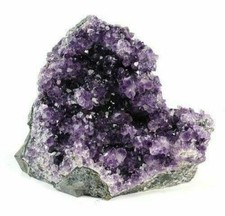Rocks, Fossils & Minerals
What Tools Do You Need to Clean a Collection of Rocks, Fossils, and Minerals?
Tools that you should have on hand include brushes with sturdy bristles, metal picks, chisels, rotary tools, and pliers. You may also want a cleaning gun that shoots a steady stream of water and a bead blaster for tough materials. Soap and water, alcohol, brine, oils, waxes, and silicone sprays help to clean the fossils and rocks further while treating and enhancing them for display and examination.
What Are Some Tips for Fossil Hunting?
Before you begin fossil hunting, consult a geological summary map of the area you want to cover, studying the distribution of rocks and what types of fossils you might encounter. Next, consider the best time of year to fossil hunt. For example, along coastal regions, the best time is winter and spring when wet weather and rough oceans scrub the shoreline. As you begin, take safety precautions by wearing the right shoes, bringing a helmet for climbing in rocky areas, and wearing gloves. Keep an eye out for regular lines, patterns, or marks on pebbles that signify the outline of a fossil. Pay attention to color and texture, and focus on clusters of rocks gathered in one place. To extract a fossil, choose the right tool for a job, such as steel probes for fragile specimens and chisels for larger rocks. Try to retain some of the rock around the fossil to avoid cracking it during removal. After you have successfully removed the fossil, carefully wrap it in foam or a soft, cushioning material. Place it into a sturdy container to avoid breaking or squishing the fossil. Properly document your location with photographs and map markings so that you can properly label the specimens you collect.


















































































